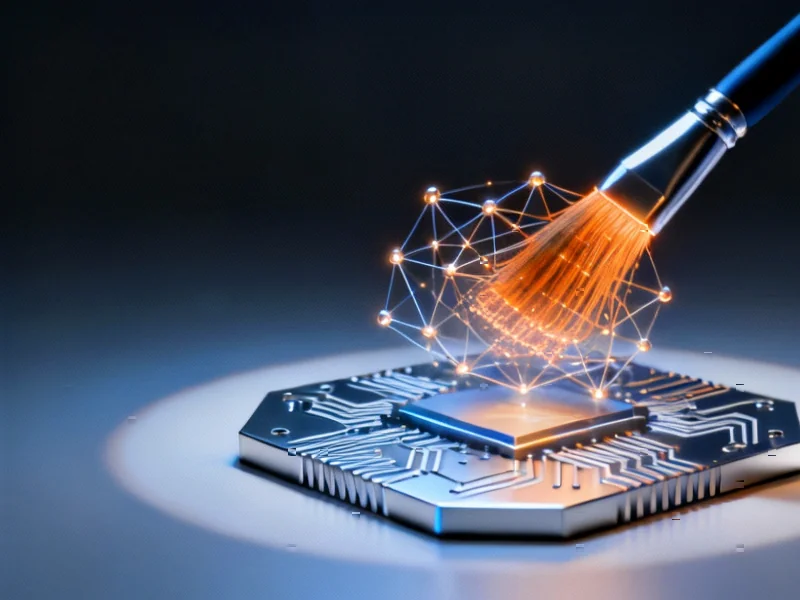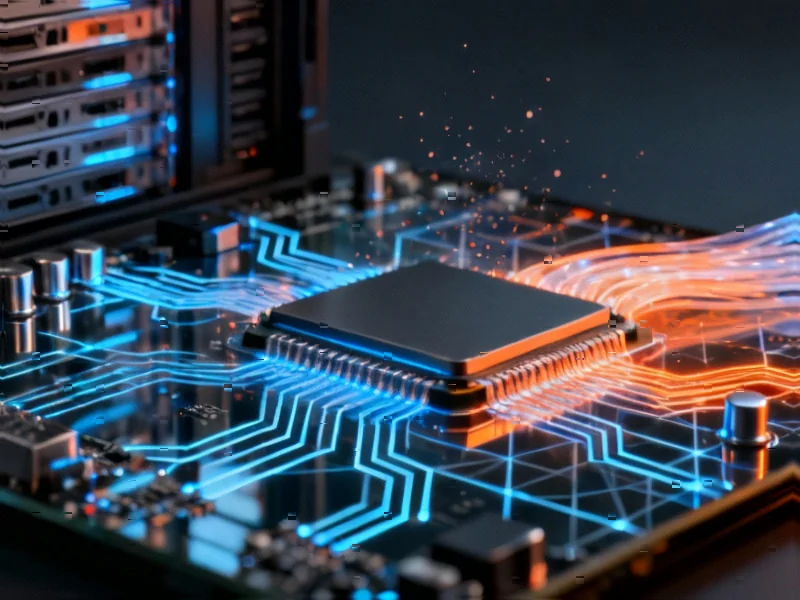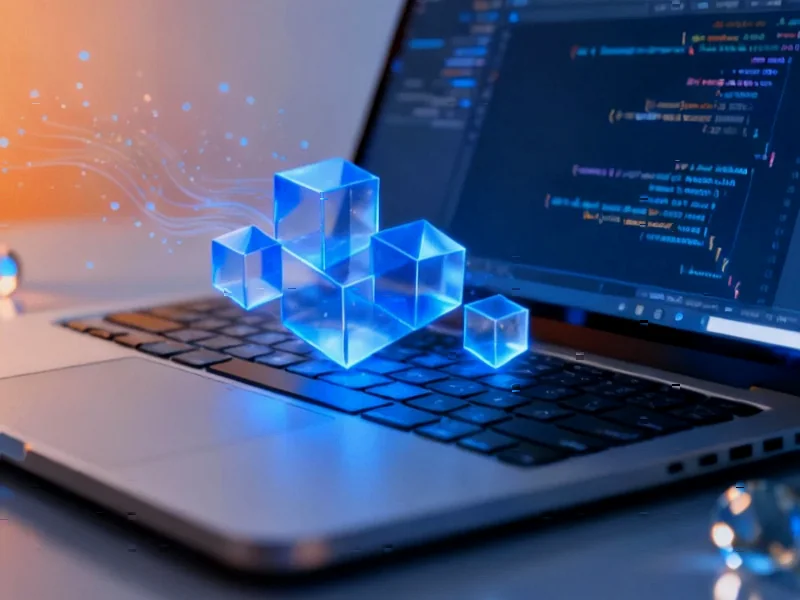Major Publisher Embraces Generative AI
Electronic Arts is making its biggest move yet into artificial intelligence, reportedly partnering with Stability AI to fundamentally reshape how games are created. According to company announcements, the collaboration aims to “reimagine how content is built” using the same technology that powers Stable Diffusion’s image generation capabilities.
Table of Contents
This partnership follows EA’s presentation from over a year ago where the company first outlined its AI ambitions. Now, sources indicate they’re moving from theoretical discussions to practical implementation with one of the most prominent names in the generative AI space. The timing suggests EA is accelerating its AI strategy as the technology matures beyond experimental phases.
Targeted Applications in Game Development
EA isn’t taking a scattergun approach to AI integration. Industry analysts note the company has identified specific areas where generative tools could provide immediate benefits. Creating Physically Based Rendering materials—the complex textures that make surfaces look realistic—stands out as a primary target. These materials typically require significant artist time and expertise, but new AI workflows could dramatically streamline the process.
Meanwhile, the company plans to enhance its HeadStart system, which already uses machine learning to transform photographs into in-game character models. The expanded vision apparently includes generating entire 3D environments from single images, a capability that could revolutionize level design and world building. For a publisher known for detailed sports titles and expansive game worlds, these efficiencies could translate to substantial production savings.
The “Smarter Paintbrush” Philosophy
Facing likely concerns from developers and artists about AI replacing human creativity, EA’s technical leadership is positioning the technology as an enhancement rather than a replacement. Steve Kestell, Head of Technical Art for EA SPORTS, reportedly described the approach as giving creatives a “smarter paintbrush” that amplifies rather than replaces their skills.
This perspective aligns with how many studios are initially adopting AI—as supplemental tools that handle repetitive tasks while freeing human talent for higher-level creative work. The question remains whether this philosophy will hold as the technology becomes more capable and cost pressures mount.
Broader Industry Implications
EA’s partnership represents a watershed moment for AI in gaming. As one of the industry’s largest publishers with annual revenue exceeding $7 billion, their commitment signals that generative AI is moving from experimental curiosity to core production technology. Other major studios will likely watch this implementation closely, with many expected to follow suit if EA demonstrates meaningful productivity gains.
The timing raises interesting questions about workforce implications. EA was recently acquired by investor groups in a deal valued at approximately $55 billion, according to financial reports. That level of investment typically comes with expectations for improved margins and returns. While company statements emphasize AI as a creative tool, analysts suggest cost reduction through workforce optimization remains a plausible secondary benefit.
Looking forward, the success of this partnership could influence whether generative AI becomes standard across the gaming industry or remains a niche tool. If EA can demonstrate both creative and economic benefits, we might see accelerated adoption throughout triple-A development. The company’s ability to balance technological advancement with creative integrity will likely determine whether this becomes a model for the industry or a cautionary tale.



